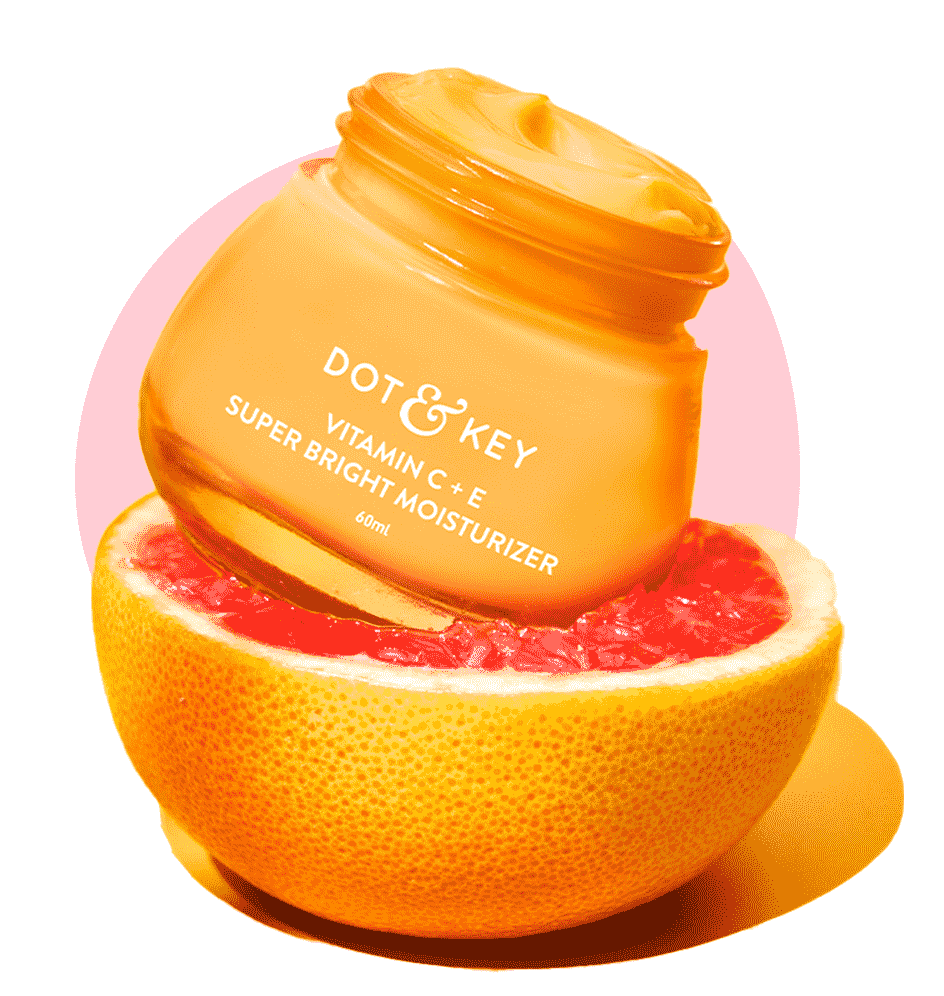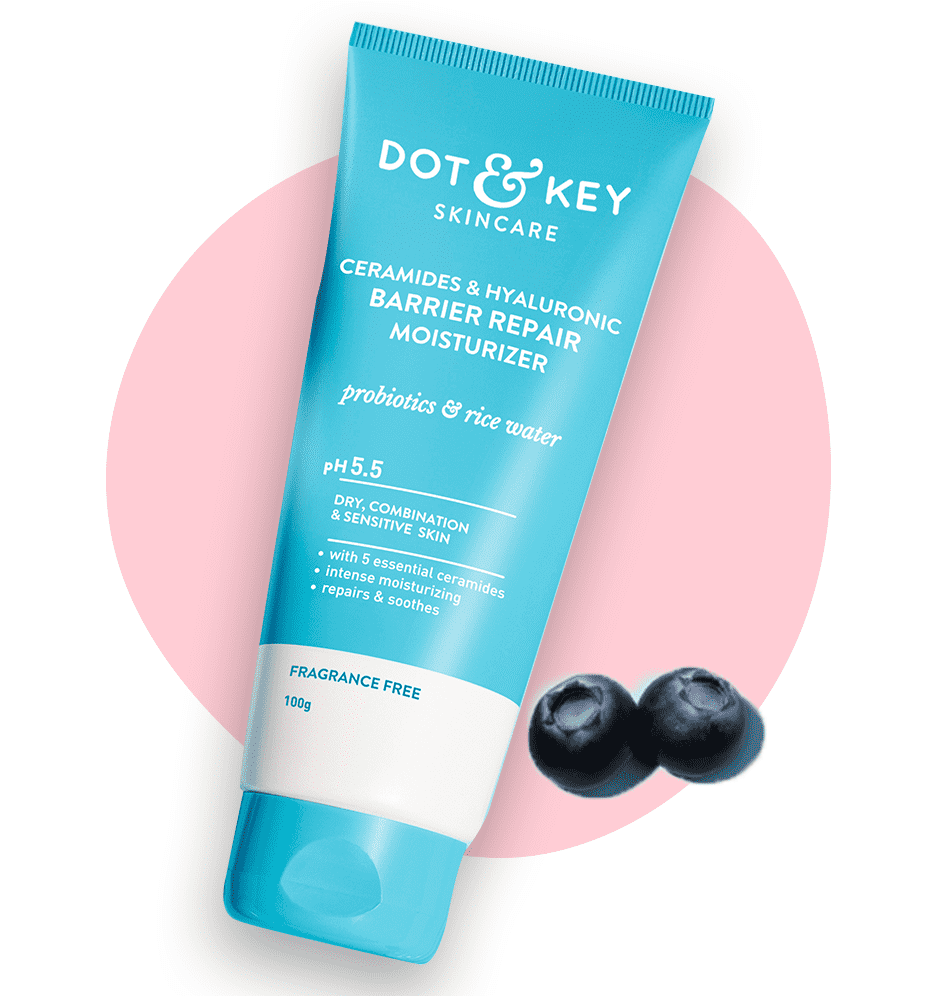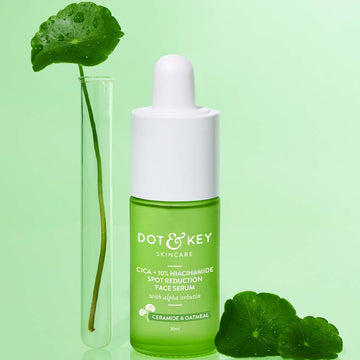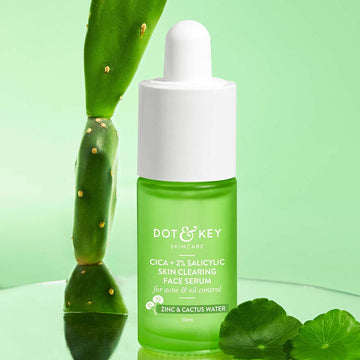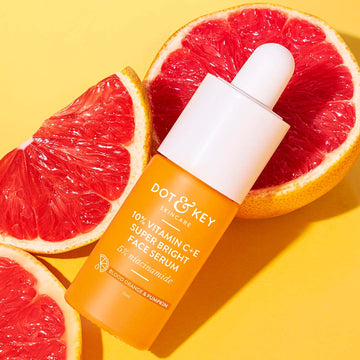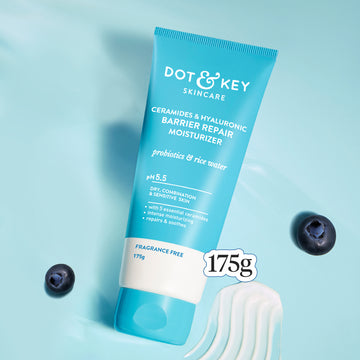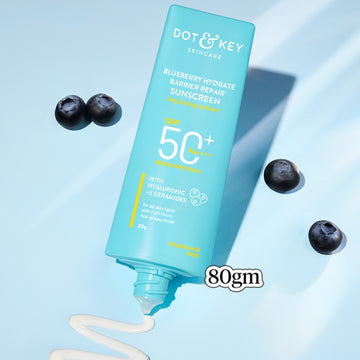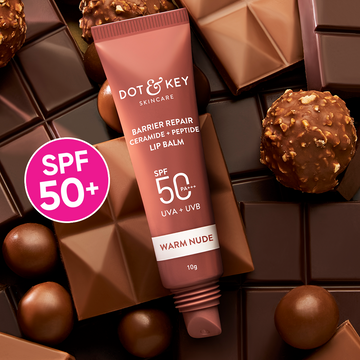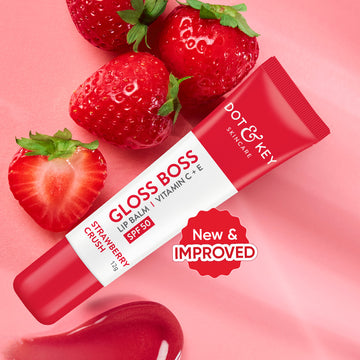
Sensitive skin can be tricky to manage, especially in the morning when your skin is preparing for the challenges of the day. You might experience redness, irritation, or breakouts if the wrong products are used. But with the right approach and gentle skincare, you can soothe your sensitive skin and keep it calm throughout the day. In this guide, we’ll explore the causes of sensitive skin and walk you through a step-by-step morning routine designed to protect and nourish your delicate skin.
What Causes Sensitive Skin?
Sensitive skin is a common condition characterized by heightened reactions to skincare products, environmental factors, or even internal triggers like stress. This skin type is more prone to irritation, redness, dryness, and itching. Understanding the root causes can help you tailor a skincare routine that keeps your skin calm and healthy.
Key Causes of Sensitive Skin:
-
Compromised Skin Barrier: Sensitive skin often has a weakened or damaged skin barrier. The skin barrier's primary function is to protect the skin from irritants and retain moisture. When this barrier is compromised, the skin becomes more vulnerable to external irritants. A study published in the Journal of Dermatological Science emphasizes that a compromised barrier leads to increased sensitivity.
-
Genetics: Genetics play a significant role in determining your skin’s sensitivity. If your family has a history of skin conditions like eczema or rosacea, you’re more likely to have sensitive skin.
-
Environmental Factors: Exposure to extreme weather conditions—whether it’s cold, wind, heat, or pollution—can trigger sensitivity. Sensitive skin can react to harsh environmental factors, leading to redness, dryness, and irritation.
-
Allergic Reactions: Sensitive skin can also be the result of allergies to certain ingredients in skincare products, such as fragrances, alcohol, or preservatives. A study in Contact Dermatitis highlights that skin allergies are a common cause of sensitivity.
- Overuse of Harsh Skincare Products: Using products with harsh chemicals, exfoliants, or strong acids can damage the skin's protective barrier and lead to increased sensitivity over time.
Step-by-Step Morning Skin Care Routine for Sensitive Skin
Step 1: Cleanser
Cleansing is an essential first step in any skincare routine, but for sensitive skin, it’s important to choose a gentle, sulfate-free cleanser. Harsh cleansers can strip the skin of its natural oils, exacerbating irritation. A mild gel-based cleanser will remove impurities without causing dryness or tightness. Research published in The Journal of Clinical and Aesthetic Dermatology suggests that gentle cleansers maintain the skin’s pH and keep redness & irritation at bay.
How to Do It:
- Wet your face with lukewarm water (avoid hot water as it can irritate sensitive skin).
- Apply a small amount of a gentle, non-foaming cleanser, such as Dot & Key’s Cica Salicylic Facewash.
- Massage it into your skin in circular motions for 20 seconds, focusing on areas where dirt and oil tend to build up.
- Rinse thoroughly with lukewarm water and pat your face dry with a soft towel.
Products
Step 2: Toner
Toners help to balance your skin’s pH levels and prepare it for the next steps in your routine. For sensitive skin, it's important to use an alcohol-free, hydrating toner with soothing ingredients like cica or salicylic acid. These ingredients help calm the skin and reduce redness without causing irritation. According to studies, toners with hydrating and soothing properties are better suited for sensitive skin.
How to Do It:
- After cleansing, apply a hydrating toner to a cotton pad or your hands like Dot & Key’s Cica Calming Toner.
- Gently press it into your skin, focusing on areas prone to redness or irritation.
- Allow the toner to absorb before moving on to the next step.
Products1
Step 3: Serum
Serums are highly concentrated treatments that target specific skin concerns. For sensitive skin, a serum containing calming and hydrating ingredients like niacinamide or Centella Asiatica (Cica) can help reduce inflammation and boost skin hydration. Cica soothes inflammation and calms the skin, while niacinamide fades dark spots and reduces redness. Research published in The Journal of Cosmetic Dermatology highlights niacinamide’s anti-inflammatory benefits for sensitive skin.
How to Do It:
- Apply 2-3 drops of a calming serum, such as Dot & Key’s Cica + 10% Niacinamide Serum, onto your face.
- Gently pat the serum on your skin, focusing on areas that feel tight or irritated.
- Let the serum absorb fully before applying moisturizer.
Products2
Step 3: Moisturizer
Moisturizing is an important skincare step for sensitive skin, as it helps to lock in hydration and protect the skin barrier. Choose a fragrance-free, hypoallergenic moisturizer that contains soothing ingredients like ceramides & hyaluronic acid that help strengthen the skin barrier and reduce inflammation while keeping your skin hydrated. A study in the Journal of Drugs in Dermatology found that moisturizers with ceramides are effective in treating sensitive skin by enhancing the skin's barrier function.
How to Do It:
- Apply a generous amount of moisturizer, such as Dot & Key’s Barrier Repair Face Moisturizer.
- Gently massage it into your skin, focusing on the drier areas of your face.
- Allow the moisturizer to fully absorb before moving on to sunscreen.
Products3
Step 5: Sunscreen
Sunscreen is a must for all skin types, but it’s particularly important for sensitive skin, which is more prone to UV damage. Look for a mineral (physical) sunscreen with zinc oxide or titanium dioxide, as these ingredients are less likely to irritate chemical sunscreens. A broad-spectrum sunscreen with SPF 50+ is recommended to protect skin against UVA and UVB rays. Studies have shown that mineral sunscreens are gentler and provide effective protection for sensitive skin.
How to Do It:
- Apply a generous amount of sunscreen, like Dot & Key’s SPF 50+ Barrier Repair Sunscreen, to your face.
- Make sure to cover areas like your nose, forehead, and neck, which are often exposed to the sun.
- Reapply every two hours if you’re spending time outdoors.
Products4
Step 6: Lip Balm
It’s easy to overlook lip care, but your lips need protection too—especially from UV damage. Use a hydrating lip balm infused with ceramides, peptides, shea butter, and avocado oil to keep your lips soft and prevent dryness. Choose a lip balm with SPF 30 or higher to protect your lips from sun damage and reduce lip tanning.
How to Do It:
- Apply a generous layer of lip balm after completing your skincare routine.
- Reapply throughout the day as needed, especially if you’re spending time in the sun.
Products5
FAQs
1. What kind of cleanser is best for sensitive skin in the morning?
Use a gentle, fragrance-free, sulfate-free cleanser that doesn’t strip your skin. Look for soothing ingredients like cica or hyaluronic acid to prevent irritation.
2. How do I prevent redness and irritation in the morning?
Avoid harsh products and look for hydrating and calming ingredients like cica, niacinamide, ceramides or hyaluronic acid. Also, rinse your face with lukewarm water rather than hot to avoid aggravating your skin.
3. Should I use a toner if I have sensitive skin?
Yes, but choose an alcohol-free, soothing toner with ingredients like cica or salicylic acid to balance the skin’s pH without causing irritation.
4. What kind of moisturizer is best for sensitive skin in the morning?
Opt for a fragrance-free, hypoallergenic moisturiser with ingredients like ceramides or hyaluronic acid to hydrate and protect your skin barrier without causing redness or inflammation.
5. Is sunscreen necessary for sensitive skin?
Yes, always use sunscreen. A mineral-based sunscreen with zinc oxide or titanium dioxide is gentler on sensitive skin compared to chemical sunscreens, and it helps protect from UV damage.






